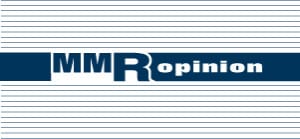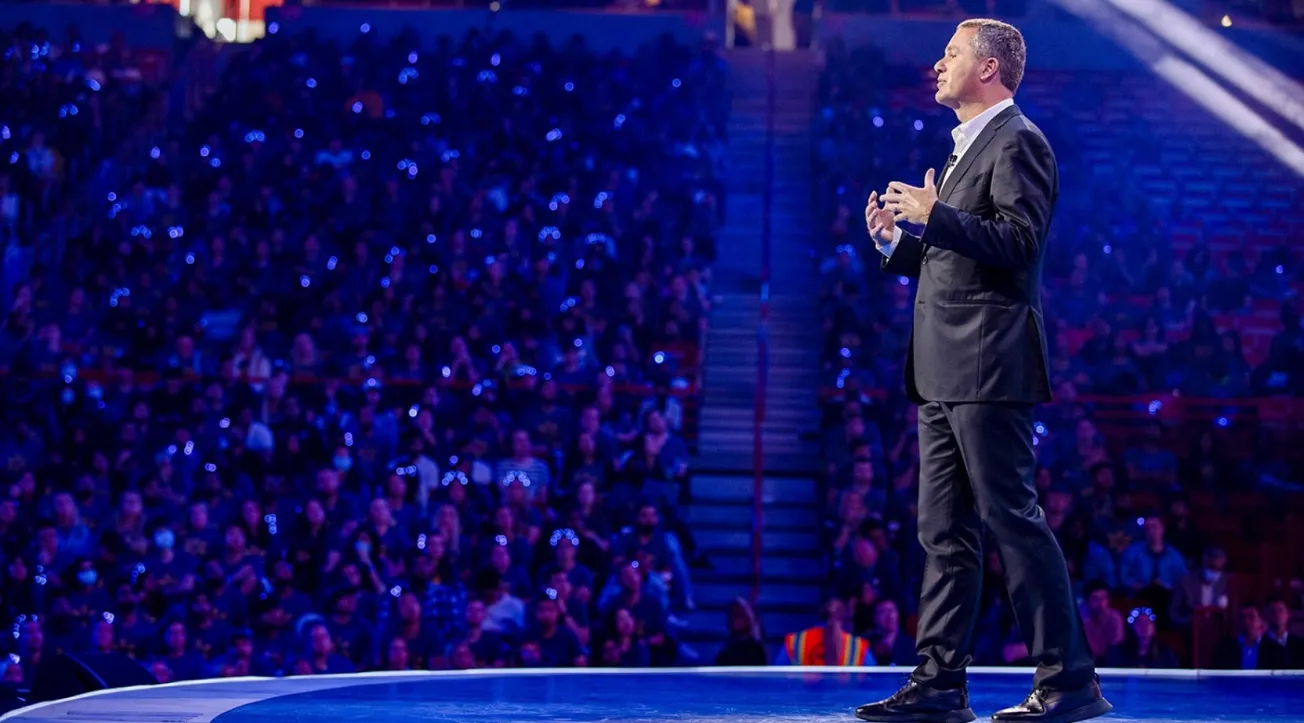Some forecasters see partly cloudy skies ahead for the U.S. economy, which could translate into weaker sales gains for retailers in the coming months.

The Conference Board recently upgraded its forecast, saying that it no longer expects a recession this year. But the news is not all good.
“Various indicators of business activity, labor markets, sentiment and inflation are moving in a favorable direction,” The Conference Board said in a statement. “However, headwinds including rising consumer debt and elevated interest rates will weigh on economic growth.”
The statement continued: “We do expect the consumer spending growth to cool and for overall GDP growth to slow to under 1% in Q2 and Q3 2024. Thereafter, inflation and interest rates should normalize, and quarterly annualized GDP growth should converge toward its potential of near 2% in 2025.”
Some consumers are already feeling economic pressure that is constraining their spending in retail stores. In a fourth quarter conference call with analysts, for example, Dollar Tree chairman and chief executive officer Rick Dreiling said that the company’s Family Dollar chain saw comparable-store sales in consumables decelerate from 6.2% growth in the third quarter to 2.2% growth in the fourth quarter.
Discretionary comp was down a full 12%, he said, noting that “persistent inflation and reduced government benefits continued to pressure the lower-income consumers that comprise a sizable portion of Family Dollar’s customer base.”
So far this year, though, overall retail sales have been modestly up. Data released by the Census Bureau earlier this month indicated that retail sales expanded in February after a strong but flat January, National Retail Federation (NRF) chief economist Jack Kleinhenz pointed out.
“Retail sales rebounded in a solid fashion in February, showing the consumer is still spending and pointing to underlying strength in the economy,” Kleinhenz said. “These results indicate that the economy is continuing to expand in the first quarter despite tight credit conditions and still-elevated inflation. Jobs gains, wage increases and continued GDP growth are supporting household spending. Spending on services remains elevated while spending on goods has softened, but both sectors are still growing.”
The Census Bureau said overall retail sales in February were up 0.6% seasonally adjusted from January and up 1.5% unadjusted year over year. That compared with a 1.1% month-over-month decrease and no year-over-year change in January.
February’s core retail sales as defined by NRF — based on the Census data but excluding automobile dealers, gasoline stations and restaurants — were up 0.2% seasonally adjusted from January and up 5.5% unadjusted year over year. Core retail sales were up 3.5% unadjusted year over year on a three-month moving average as of February.
The February uptick in retail sales was smaller than many analysts expected, suggesting that consumers were being affected by high borrowing costs and persistent inflation. And higher-than-expected producer price increases in January means the Federal Reserve is unlikely to lower interest rates in the near term.
That’s significant, because inflation — and the Fed’s efforts to control it — will be critical factors in how the economy fares this year, according to Kleinhenz.
“With the U.S. economy’s strength resting heavily on household spending, all eyes are on the consumer — and how consumers will respond the next few months to the Federal Reserve’s ongoing efforts to tame inflation,” Kleinhenz said. “While inflation is down from its peak, it has slowed less than expected and is still an important problem that remains to be solved.”







